Strokes are the third leading cause of death in the United States. More than 140,000 people die each year from a stroke in the U.S. Having a stroke is also the leading cause of having a lifetime disability.
Each year approximately 795,000 people will suffer from a stroke. Of those, 600,000 will experience their first stroke and 185,000 people will experience a recurrent attack.
So today we will be learning what are the signs and symptoms of a stroke, talk about the connection between high blood pressure and stroke, and discuss what we can do to prevent a stroke.
Can you get a stroke at any age?
On Average, someone in the United States will have a stroke every 40 seconds. And age does not matter, although some age brackets have a higher rate than others.
For example, while I was in the Marine Corp, my childhood friend Danny also decided to join. He was in basic training when I got a call from my parents. I could hear from the tone in my dad’s voice it was not good news.
Watch How Mark Lowered His Blood Pressure Naturally. It was 150/100, this morning it was 110/79 Watch Video
My friend Danny had had a major stroke while drilling on the parade grounds. He was left unable to do anything for himself. He could not communicate with us and he was more like a one-year-old child. He was helpless. He was only 19 years old.
So if you are thinking you are too young to have a stroke, you’re not. The information we are going to provide for you may, in the end, save your life.
What is a stroke?
A stroke occurs when a blood vessel bringing blood and oxygen to the brain becomes blocked by a clot or ruptures. When this occurs, brain cells do not get the blood and oxygen they need to survive. This, in turn, causes nerve cells to begin dying within minutes. Then, the part of the body they control stops functioning.
The effects of a stroke can be permanent depending on how many nerve cells have been destroyed, where they are located in the brain and other factors.
The symptoms of a stroke can be a weakness, paralysis, and language motor function. A stroke can also affect your vision and cause other problems.
What is a mini-stroke?
A “mini-stroke”, also known as TIA (Transient Ischemic Attack), occurs when a blood clot blocks an artery for a short time. The symptoms of a TIA are the same as a stroke. But unlike a stroke, the symptoms last for only a few minutes.
According to the American Heart Association, 15% of major strokes are preceded by a TIA. Don’t ignore it. Call 911 immediately.
FAST stroke signs
Knowing the common warning signs of a stroke is very important. Every minute counts. Use the FAST test to check for the most common symptoms of a stroke, for yourself, or someone else.
- Face- Smile and see if one side of your face droops.
- Arms- Raise both arms over your head. Does one arm drop down?
- Speech- Say a short phrase and check for slurred or strange speech.
- Time- If you answered yes to any one of these, call 911 immediately! And write down what time the symptoms started.
Time is precious in treating a stroke every minute counts. From the onset of the stroke, there is what is called the “Golden Hour”. Do not waste time calling your doctor and do not drive the person having the stroke to the hospital. Paramedic teams are better equipped and have more knowledge that just might save your life.
What are the signs and symptoms of a stroke?
Sometimes the symptoms of a stroke may progress gradually. Sometimes not. But here are the symptoms you are more than likely to observe.
- Numbness or weakness in your arms or legs, usually occurring on one side.
- Confusion or trouble understanding other people.
- Difficulty speaking.
- Trouble seeing with one or both eyes.
- Problems with walking and/or coordination.
- Dizziness.
- A severe headache that comes on for no reason.
If you have any of these symptoms call 911 immediately.
Non-traditional stroke symptoms
- Pain in the face or half of the body.
- Mental status change. Including Disorientation, confusion or loss of consciousness.
- A headache.
- General neurological symptoms. Hiccups, nausea, weakness.
- Non-neurological symptoms include chest pain, palpitations, and shortness of breath.
The Golden Hour
There is a 60 minute period of time called the “Golden Hour.” It is during that 1 hour period that those who have suffered from a sudden stroke can have the results of that stroke reversed with thrombolytic clot-busting agents. This is why you do not have time to waste with the onset of symptoms. From my own nursing career, I have seen dramatic results of reversal in some of my patients.
The Financial Burden
Having a stroke is not only physically and emotionally draining, but it can also drain your finances quickly. The average cost of the hospital stay not including physicians, is $15,000. The average hospital stay is 5 days.
The mean lifetime cost of a stroke patient is between $165,537-$199,904. Depending on what type of stroke you have the treatment cost alone can be anywhere from $20,400-$32,00.
Strokes injure families
My mom was 64 years old when she passed away from a massive stroke. She refused to go to the hospital. My dad to called 911, finally, she went. But the damage was not reversible and 2 days later she passed away.
If someone you love exhibits the signs of a stroke, get help immediately. Don’t wait! I miss my mom and I do not want you to experience the same thing I did. With today’s technology, the outcome can be so much better for everyone.

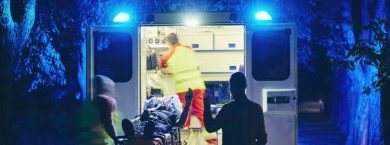
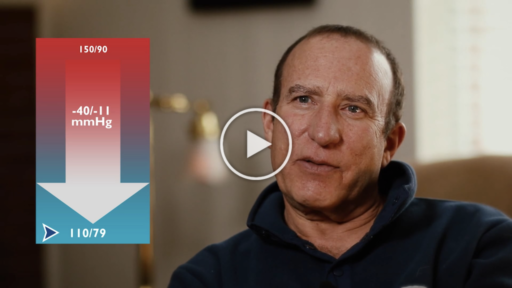
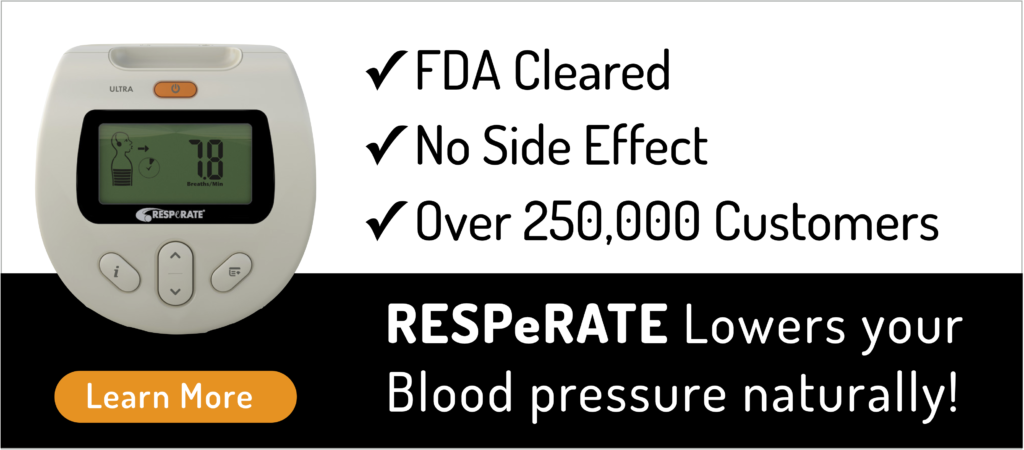


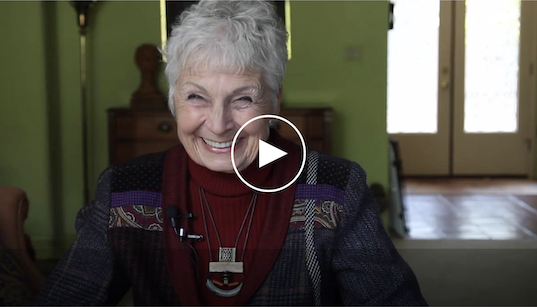


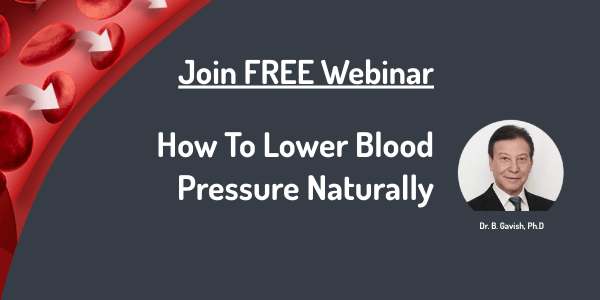


 Download Brochure
Download Brochure